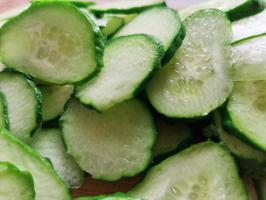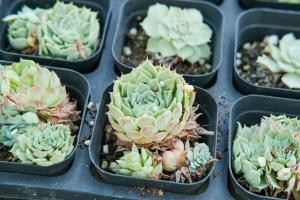How Does a Chiller Plant Cool Water?
A chiller plant is a system that is designed to cool large buildings or facilities. These plants use water and other coolant fluids to remove heat from the air and equipment within a building, helping to maintain a comfortable indoor climate and protect sensitive equipment.
The Basics of Chiller Plant Technology
A chiller plant consists of three primary components: the chiller, the cooling tower, and the pumps. The chiller is the heart of the system and works to cool the water that circulates through the entire plant. This water is sent to the cooling tower, which helps to further remove heat from the water through natural evaporation. Finally, the pumps are used to circulate the cooled water back into the building or piece of equipment that needs to be cooled.
The Role of the Chiller
The chiller is the key component in the chiller plant that cools the water to be circulated throughout the system. The chiller works by using a refrigerant to absorb heat from the water, which then evaporates the refrigerant. The refrigerant is then condensed and the heat is transferred outside of the building using the cooling tower.
Cooling Tower Operation
The cooling tower is a large, outdoor structure that helps to dissipate the heat that is removed from the water by the chiller. The cooling tower uses a combination of evaporation and natural air flow to effectively cool the water. The water is pumped to the top of the cooling tower and is then sprayed over the fill material, which is designed to increase the surface area of the water in order to facilitate evaporation. As the water evaporates, it absorbs heat and cools the rest of the water that is being circulated through the chiller plant.
Pump Circulation
The final component of a chiller plant is the pump, which is used to circulate the cooled water back into the building or piece of equipment that needs to be cooled. These pumps are often located in the basement or below grade in order to efficiently move the water back up to the necessary areas of the building. The water is then sent through a series of pipes and distributed throughout the building or equipment.
Conclusion
A chiller plant is a highly efficient and effective way to cool large buildings and equipment. By using a combination of a chiller, cooling tower, and pumps, these systems are able to provide a consistent and reliable source of cool water for any purpose. Understanding how this technology works can help building and facilities managers identify potential areas for improvement or repair, ensuring that these critical systems are functioning optimally for years to come.

 how many times do yo...
how many times do yo... how many planted tre...
how many planted tre... how many pine trees ...
how many pine trees ... how many pecan trees...
how many pecan trees... how many plants comp...
how many plants comp... how many plants can ...
how many plants can ... how many plants and ...
how many plants and ... how many pepper plan...
how many pepper plan...




























